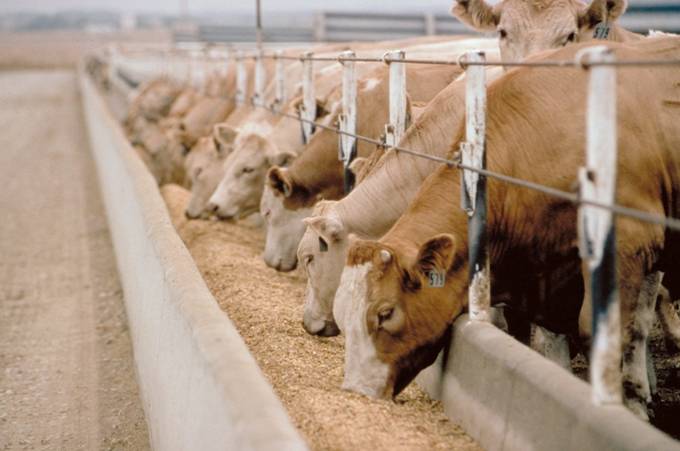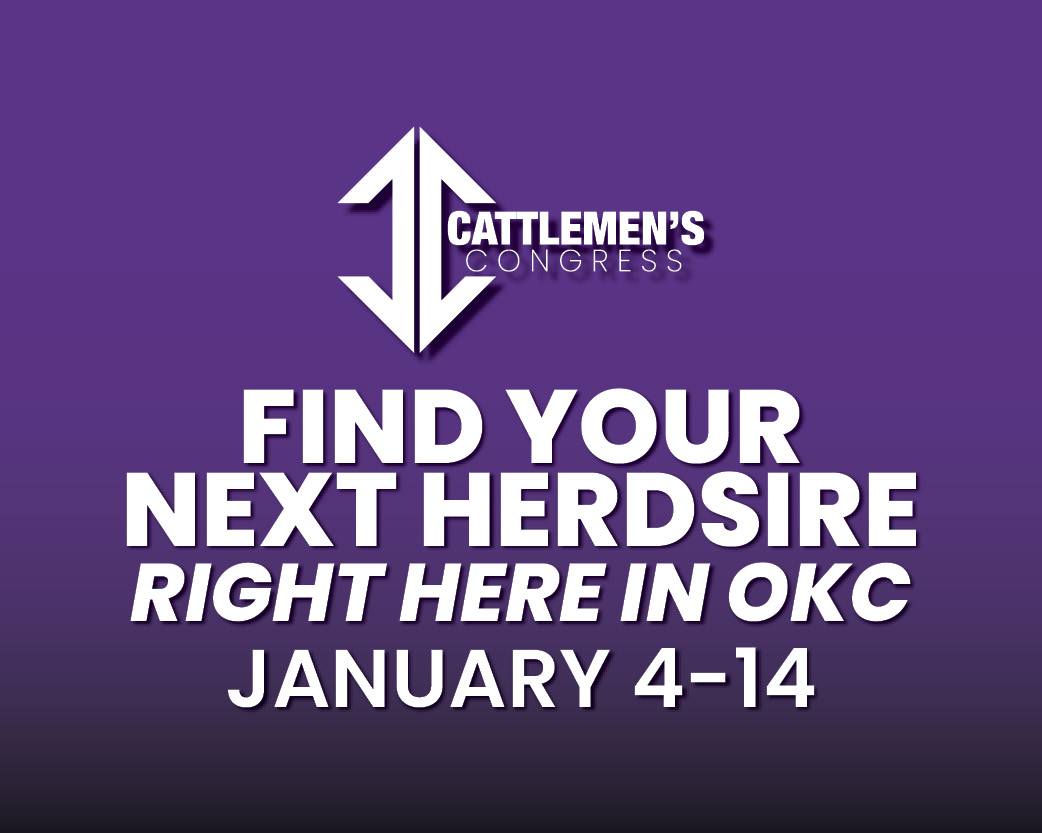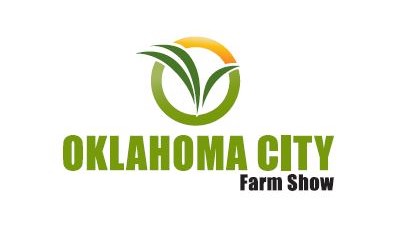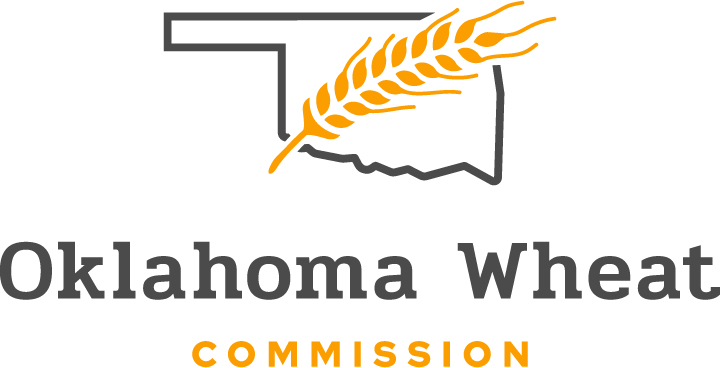
Beef Buzz News
Feedlots Surprised by Placements in On Feed Reports, Derrell Peel Considers the Market's Reaction
Mon, 24 Jul 2017 12:24:21 CDT
 The United States Department of Agriculture, last Friday afternoon, released several reports on the beef industry, including the monthly and quarterly Cattle On Feed reports. Radio Oklahoma Ag Network Farm Director Ron Hays caught up with Oklahoma State University Extension Livestock Market Economist Dr. Derrell Peel during the Oklahoma Cattlemen's Association Convention over the weekend, for his reaction to the reports.
The United States Department of Agriculture, last Friday afternoon, released several reports on the beef industry, including the monthly and quarterly Cattle On Feed reports. Radio Oklahoma Ag Network Farm Director Ron Hays caught up with Oklahoma State University Extension Livestock Market Economist Dr. Derrell Peel during the Oklahoma Cattlemen's Association Convention over the weekend, for his reaction to the reports.
According to Peel, "feedlots surprised the industry with sharply higher than expected June placements. Placements were up 16 percent, fully 10 percent higher than expected. This pushed feedlot inventories for July 1 up 4.5 percent from last year despite continued strong June marketings. Feeder cattle demand has been extremely strong based on very good feedlot profitability recently. Placements were up across all regions suggesting that placements were driven by industry-wide factors rather than regional factors. However, the Northern Plains drought likely contributed a bit to larger placements, especially the strong placements in South Dakota, up 67 percent year over year."
In total, Peel does not believe that drought had a major contribution to the large June placements.
"Feedlot demand has dipped deeper into feeder supplies and feedlots have placed more lightweight cattle, beginning in May and especially in June where most of the increase in placements was in lightweight feeder cattle," Peel wrote in his weekly column for the Cow/Calf Corner newsletter. "This includes, for example, a 29.3 percent year over year increase in placements under 600 pounds. Placements over 800 pounds were up only 1.5 percent in June.
"This is important when anticipating the impacts of larger placements the past four months. The lightweight placements in May and June will not be on top of earlier heavy placements. Moreover, placements have clearly pulled cattle ahead, meaning that more cattle placed now imply fewer relative placements later. However, overall feeder supplies are larger and will continue to grow into 2018.
"The July Cattle report indicates a 2017 calf crop of 36.3 million head, up 3.5 percent from 2016. The estimated July 1 feeder supply outside feedlots is 37.0 million head. No comparison to last year is possible as the report was canceled in 2016 (and 2013 as well). The July 1 beef cow herd was 32.5 million head. When compared to the January beef cow inventory, this inventory level suggests that herd expansion is continuing in 2017. The ratio of the July beef cow inventory to the January level is the highest since 1993, during the last herd expansion. The total inventory of all cattle and calves for July 1 is estimated at 102.6 million head.
"At the same time, herd expansion may be slowing down in 2017. The ratio of July beef replacement heifers to the January estimate is the lowest in the data series (though 2013 and 2016 are missing), perhaps suggesting that heifer retention is slowing. The quarterly estimate of heifers on feed was up nearly 11 percent from last year, adding additional support to the idea that fewer heifers are being retained as replacements. Heifer slaughter so far in 2017 is up nearly 11 percent and is likely to remain elevated for the balance of the year.
"Taken together, this new data suggests that herd expansion is continuing in 2017, probably more modestly than the previous two years. Heifer retention appears to be slowing further and may suggest little or no herd growth in 2018. A bigger 2017 calf crop implies larger feeder supplies into 2018 and increased beef production into 2019 at least."
You can listen to Dr. Peel discussing his analysis of the numbers in the latest Cattle on Feed reports from the USDA, with Ron Hays, on today's Beef Buzz.
The Beef Buzz is a regular feature heard on radio stations around the region on the Radio Oklahoma Network and is a regular audio feature found on this website as well. Click on the LISTEN BAR below for today's show and check out our archives for older Beef Buzz shows covering the gamut of the beef cattle industry today.
WebReadyTM Powered by WireReady® NSI
Beef News





